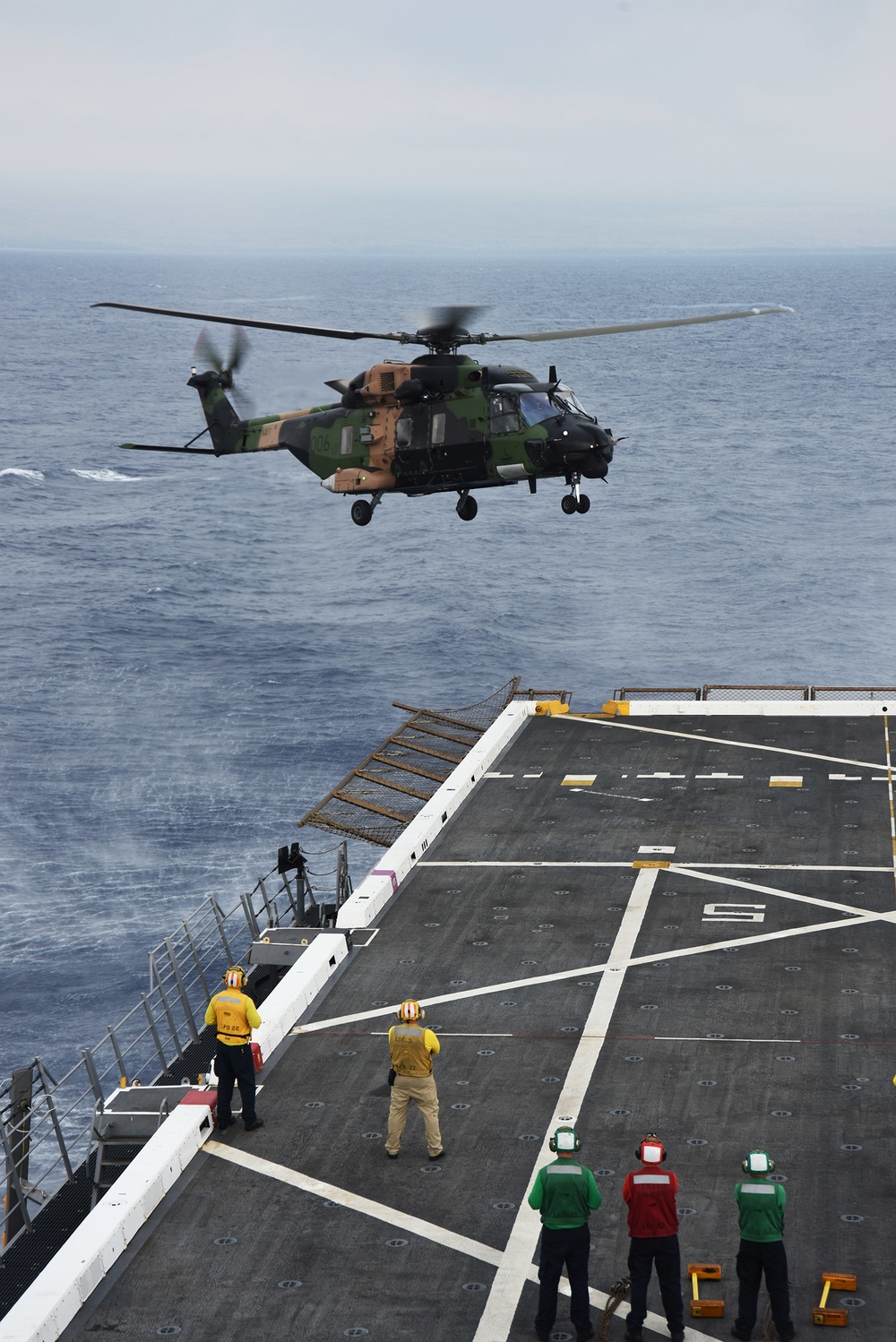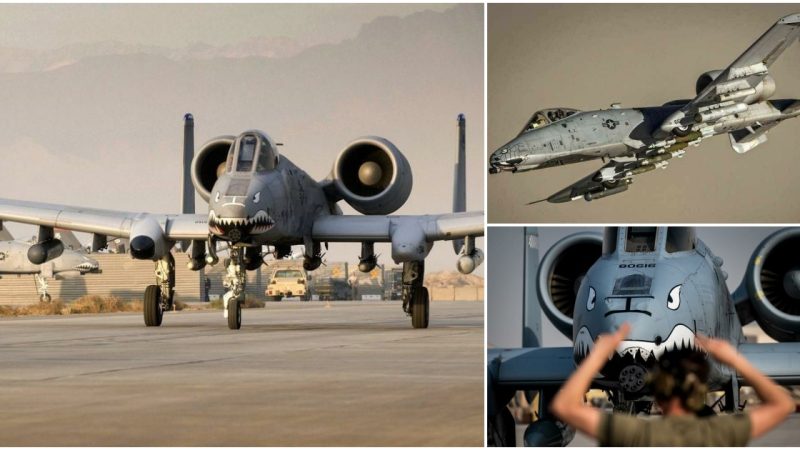For decades, the legendary UH-1 Iroquois helicopter served as the backbone of the Australian Royal Air Force in various roles, including troop transport, medevac, and armed support in the form of Bushranger gunships. However, the UH-1’s mission eventually came to an end, and a modern replacement was sought. The Australian Army turned to the MRH-90 Taipan, a cutting-edge product based on NHIndustries’s NH90 series.
The NH90, a medium-sized, twin-engine, multi-role military helicopter, was developed and is manufactured by NHIndustries, a collaborative company jointly owned by Airbus Helicopters, Leonardo, and Fokker Aerostructures. Its development was driven by NATO’s requirements for a versatile battlefield helicopter that could also operate effectively in naval environments.
This renowned helicopter line has found service in several national military forces, including France, Italy, Finland, and Germany. In recent news, the Australian Ministry of Defense proudly announced the receipt of all 47 NH-90 helicopters, known locally as MRH-90 Taipan, a name signifying its multi-role capabilities.
The journey towards adopting the MRH-90 began in 2005 when the Australian Army initiated an order for 12 aircraft to replace their aging UH-1 fleet. In the subsequent year, the Australian Defense Force expanded the order, acquiring an additional 34 MRH-90s to replace their UH-60 Black Hawk and Westland Sea King helicopters. The total order comprised 46 units, with four manufactured in Europe and the remaining 42 produced locally by Australian Aerospace in Brisbane. Delays and technical challenges during production led to an additional helicopter being added, resulting in a fleet of 47 helicopters. The contract was ultimately reported as completed by early 2019.
The MRH-90 Taipan, operated by both the Australian Navy and Army, is a multi-role aircraft capable of executing missions ranging from troop transport and counter-terrorism to search-and-rescue, medical evacuation, and special operations. It boasts built-in safety features and offers enhanced maneuverability.
Renowned by military experts as the most advanced tactical troop transport helicopter of the 21st century, the MRH-90 features an advanced composite airframe designed for ballistic tolerance, crashworthiness, reduced weight, and improved endurance compared to its metallic counterparts.
With dimensions of 16.13 meters in length and 5.23 meters in height, the helicopter has an empty weight of 6,400 kg and a maximum take-off weight of 10,600 kg. It is designed to carry out missions under challenging weather conditions. The four main rotor blades are also composed of composite materials, enhancing fatigue strength and lifespan while improving damage tolerance.
The main cabin, accessible through large sliding doors on either side or a rear ramp, can accommodate up to 20 fully equipped soldiers or 12 stretchers during medical evacuation missions. The cabin’s modular equipment packages allow for quick reconfiguration to suit different operational needs.
The MRH-90’s cockpit features a full glass display at the forward section of the fuselage. It includes an instrument panel with five color multifunction displays providing data related to flight, mission, systems, and maintenance. The cockpit houses crashworthy seats for the pilot and co-pilot, along with a foldable jump seat for an additional crew member.
Setting a groundbreaking precedent, the MRH-90 is the world’s first helicopter equipped with full fly-by-wire flight controls. A four-axis autopilot is integrated into the fly-by-wire system, along with mission and navigation systems, enhancing operational autonomy and reducing pilot workload. The avionics suite encompasses a mission system for tactical communications, sensors, flight planning, weather radar, and forward-looking infrared systems.
The helicopter’s power is derived from a pair of Rolls-Royce Turbomeca RTM322 engines, each producing an output power of 2,230 shaft horsepower. This potent propulsion system, coupled with a composite airframe, enables the MRH-90 to reach a maximum speed of 300 km/h and achieve a range of 800 km. It can operate at a service ceiling of 20,000 feet and ascend at a rate of 8 meters per second.
Innovations extend to exhaust gas management, with an infrared suppression system employed to reduce sensory visibility. The MRH-90 also boasts an exceptionally low radar signature within its class due to its diamond-shaped composite fuselage.









